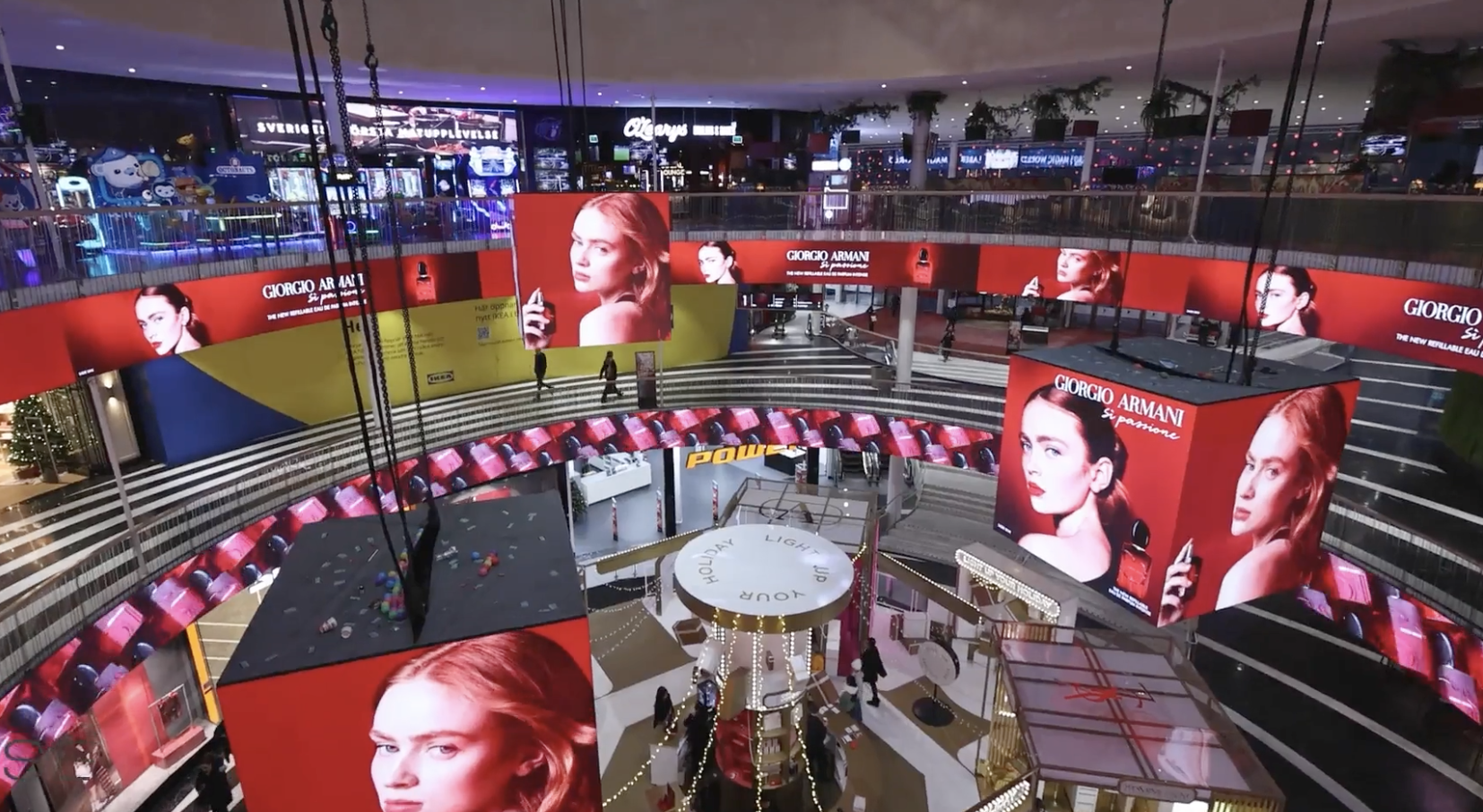High streets were hard hit as downpours, causing floods in some areas, kept more shoppers at home in February, new footfall figures suggest.
Overall visitor numbers to shops fell by 4.9% in February, compared to the time last year, according to the Springboard Footfall Monitor and Insights UK for February 2020. High streets took the brunt, with visitors down by 6.7% on last time.
There were less sharp falls in the numbers visiting shopping centres (-2.5%) and retail parks (-1.1%), suggesting that when shoppers did venture out they headed to indoor centres or retail parks that have free parking. In the larger shopping centres, of more than half a million sq ft, footfall was down by less (-1.1%) than in smaller centres (-4.2%) and centres of less than 100,000 sq ft (-8%). It also seems likely that more shoppers will have turned online to buy instead.
“If further proof of the fragility of high streets were needed, it was provided in February when the impact of the severe and ongoing rain led to a drop in footfall of -7.8%,” said Diane Wehrle, Springboard marketing and insights director. “Whilst an average of 17 days of rain across the UK over the month led to shoppers staying away from high streets, shopping centres and retail parks still appealed to many by virtue of either their covered environment or ease of access and proximity of parking, which in retail parks is free of charge.
“A disparity of 6.7% between the monthly result for high streets and retail parks clearly demonstrates the exposure to extreme conditions that high streets have to contend with. In contrast, retail parks are much more sheltered from many of the vagaries that derail high streets; a major part of their advantage is their free and accessible parking, but it is also in part a consequence of the attention they have received from owners over the last few years in enhancing their offer.”
The effects of the coronavirus outbreak were not felt during the month, which covered the five weeks from February 2 to February 29. But Springboard warns that the impact is likely to be felt as customers steer clear of shared public spaces.
Wehrle said: “The resilience of retail parks and shopping centres demonstrates that coronavirus did not have a noticeable impact on footfall in February – if Covid-19 had been a significant factor then it is likely that all three destination types would have been impacted more equally. However, the month ended before the warning of its increased severity in the UK was made, and so moving forward it is likely that shopper activity will be stemmed as consumers become more wary about interacting in public spaces. Whilst it seems that the first quarter of 2020 will yield yet more challenges for bricks and mortar retailers, experience has proven that footfall bounces back quickly once the immediate period of concern has passed.”
Commenting, Paul Kirkland, director of retail and hospitality at Fujitsu UK, said: “These latest figures make it painfully clear; consumer footfall is not only declining month by month, but also being severely impacted by market conditions beyond retailers control. And while this is creating a significant opportunity for online-focused brands, brick-and-mortar retailers are presented with the challenge of how to convert online shoppers and bring them back in-store. And worryingly, these conditions are only set to worsen in the coming months as shoppers look to increasingly avoid busy public places thanks the ongoing Coronavirus outbreak.
“To address this, retailers must fundamentally shift how they view both their high street and online presence. They need to use their brick and mortar stores as a way to spark meaningful brand engagement, and then funnel shoppers towards their digital channels to translate this engagement into purchases. In fact, our recent research found that 40% of UK customers feel that the high-street has been too slow in adopting technologies to support this, showing just how much opportunity there is for retailers to take advantage of new digital solutions to solve traditional retail challenges. For example, by leveraging predictive analytics to build a responsive and speedy delivery network a brand can ensure it drives both physical and online sales despite a reluctance from consumers to venture in-store.”
Image: InternetRetailing Media/ Paul Skeldon








